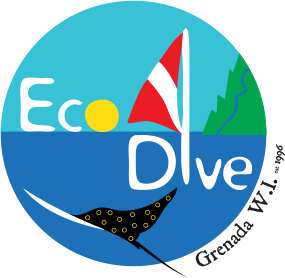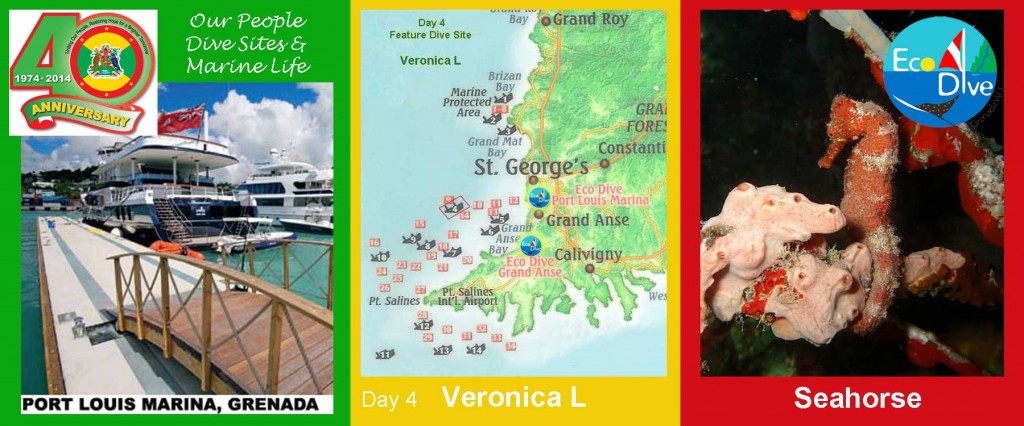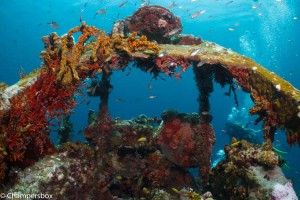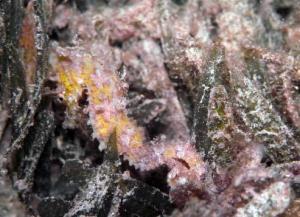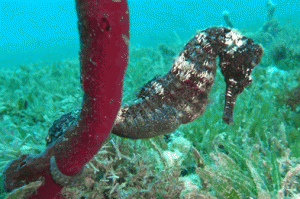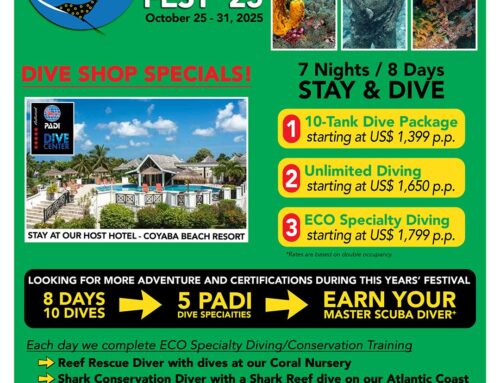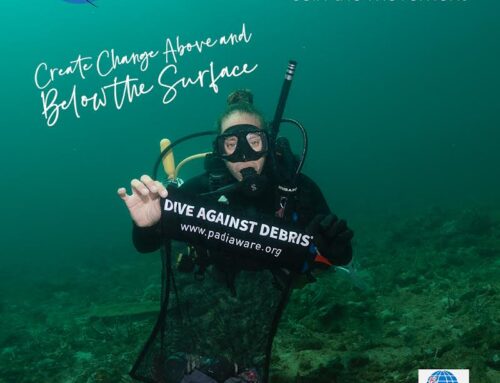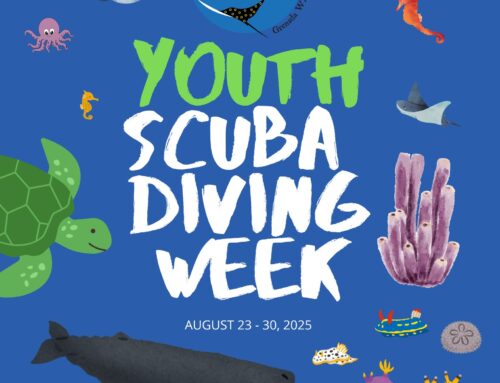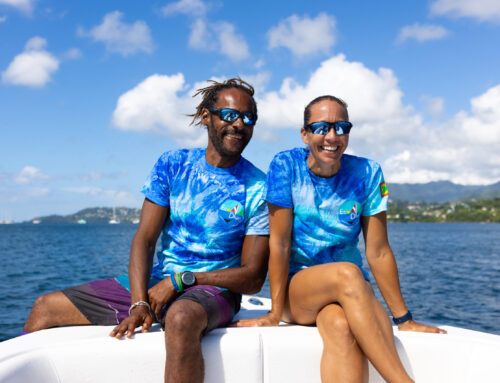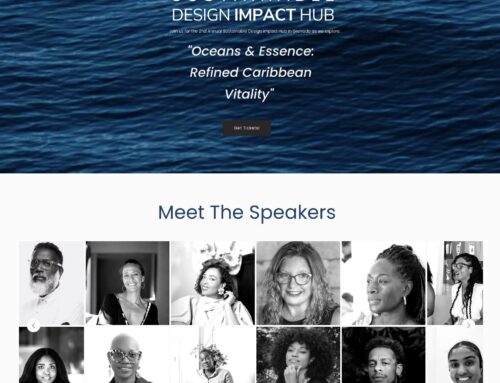Our People – Port Louis Marina, where our girl Thunderbird sleeps
Port Louis Marina is Grenada’s premier luxury marina offering services for boats from our lovely dive boat size up to mega yachts sail and cruisers. With our booking office located at the base of the docks and our boat sleeping comfortably in the marina at night and picking up guests and heading over to Grand Anse and out on dives multiple times a day Port Louis really is our second home. The staff and tenant crew in the Marina are fantastic and we can do nothing more than be thankful and proud to call the marina a little part of home. For more information on the marina please see HERE or to get a hold of us via our marina office please call (473)232-7777 or speak to Norlyn in our main office for more info (473) 444-7777.
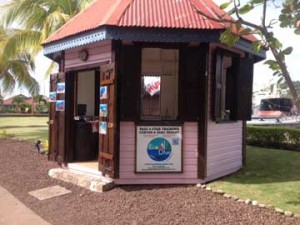
Dive Site – Veronica L
Dive profile 25’/8m – 50’/15m.
This 120′ cargo barge makes an easy, fun shipwreck dive. The Veronica’s vast hold is open and empty, home to swirling clouds of small fry and shy, big-eyed squirrelfish. Her coral-encrusted deck machinery includes an anchor windlass on the bow and a freight crane aft, its 20′ arm extending sideways. Trumpetfish, hovering vertically, disguise themselves as stanchions, while schools of creole wrasse and seargeant majors busily circle the stern being chased by horse-eyed jacks and bar jacks on a regular basis. Detailed inspection of the upright hull reveals delicate banded coral shrimp offering cleaning service to reef fish and a beautiful carpet of bright orange and yellow cup corals along the port side of the hull. This site makes an excellent photography dive during the day and an even better night dive with the cup coral sin full bloom. Surrounding the wreck is patch/scrub reef home to all kinds of surprises inlcuding seahorses, Green Morays, flatworms, nudibranchs and more.
Feature Creature – Seahorse (Hippocampus spp.)
Seahorses can change colour very quickly to protect themselves from predation, or to flirt with another Seahorse during courtship. They also have excellent eyesight with independent eyes allowing them to look in different directions at the same time. This is particularly useful when they are searching for food or keeping an eye out for predators. An additional skill the Seahorse has for camouflage is the ability to grow fleshy appendages called cirri on their bodies. This gives them a weed like appearance and further helps them blend in. We have seen an excellent example of this with a Longsnout seahorse (Hippocampus reidi) seen on a shore night dive in front of our Eco Dive shop. This little guy was buried in the seagrass, a lucky spot and a picture to prove it!
As for diet Seahorses eat primarily small crustaceans. Surprisingly an adult eats 30-50 items a day and Seahorse fry (baby seahorses) eat an amazing ~3000 pieces of food per day. With long thin snouts they probe into nooks and crannies for food and when they find it they suck it up through their snouts like a vacuum cleaner. Seahorses are not able to chew and have to disintegrate the food as they eat it.
Female Seahorses have a territory of about 1.4 sq metres and males have a territory of about 0.5 sq metres. Their territories overlap allowing for daily courtship and unlike many other marine creatures Seahorses pair for life. Like the Pipefish the males are the ones who get pregnant and carry the fry to term. Gestation time varies from 14 days to 4 weeks and giving birth can be a long process with contractions lasting up to 12 hours.The number of eggs can vary from 50-150 for smaller species to 1500 for larger species. The Longsnout seahorses we see in Grenada are on the larger end of the scale reaching a max size of ~6 inches.
We have seen plenty recently with a mating pair beside shipwreck Veronica L with a very pregnant male, and just this evening on a night dive in Flamingo Bay we saw another adult out relaxing on a soft coral branch. Below our pair beside Veronica L, picture taken by Jackie B on a night dive.
Seahorses are under threat worldwide for three main reasons:
- The Traditional Chinese Medicine Trade takes in excess of up to 150 million seahorses a year from the wild and these are used for all types of medicine.
- The Curio Trade takes approximately one million seahorses from the wild. Along with shells and starfish; they are deliberately taken from the sea and left to die in the boiling sun. They are then sold as souvenirs, sad and sorrowful reminder of once beautiful creatures.
- The pet trade takes an estimated one million seahorses from the wild and It is thought that less than 1,000 survive more than six weeks, very often suffering a slow and possibly painful death.
Eco Dive is also happy to be a part of iSeahorse (through iNaturalist) where we report our sightings to help with global data collection and information gathering on species distributions, frequencies and habitats. Below is a seahorse seen in the Molinere Underwater Sculpture Park, picture taken by GT.
